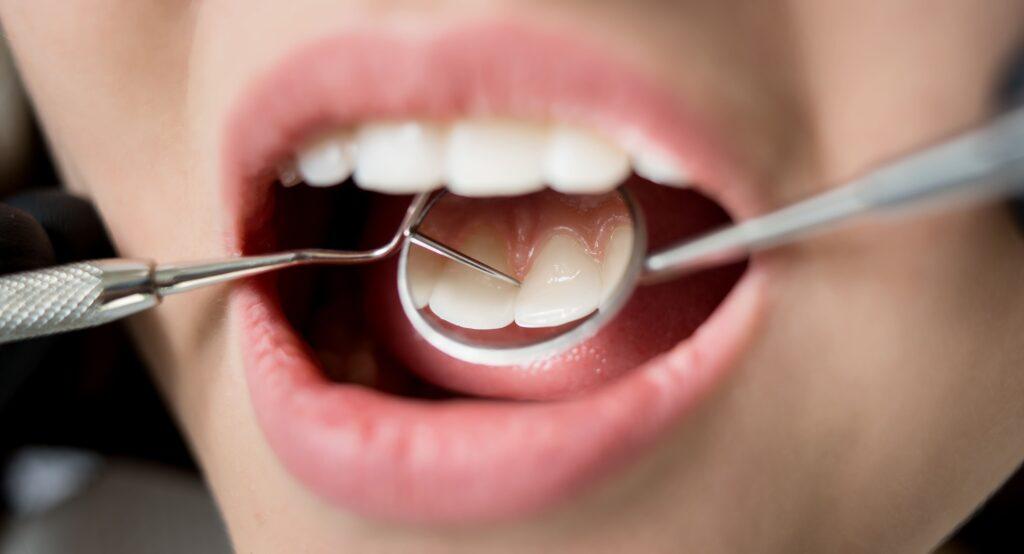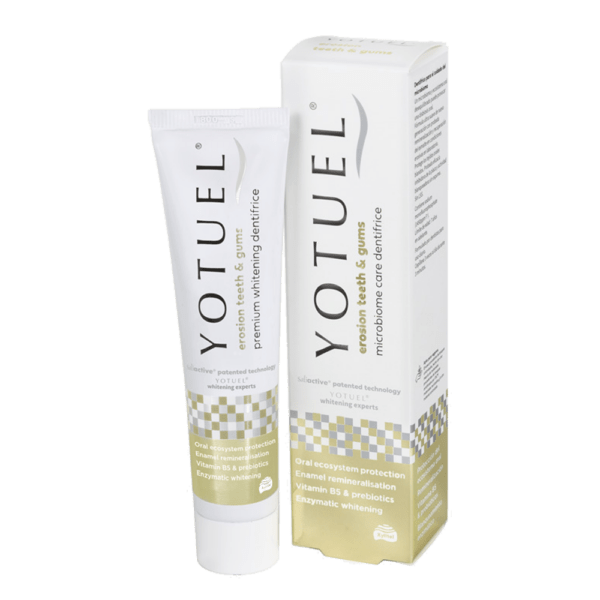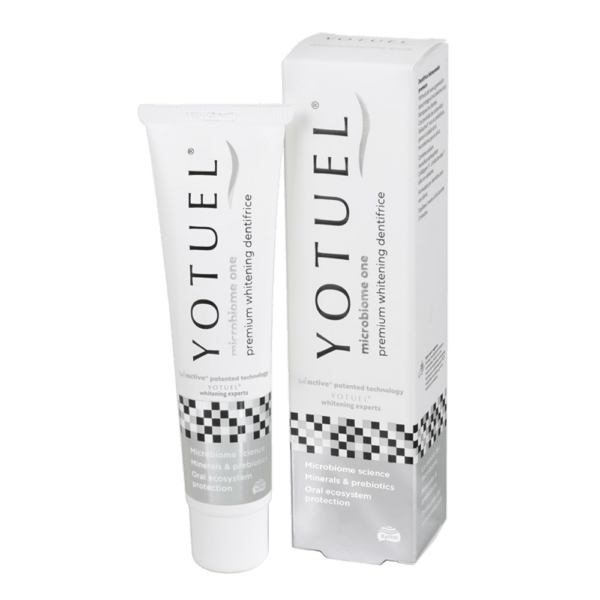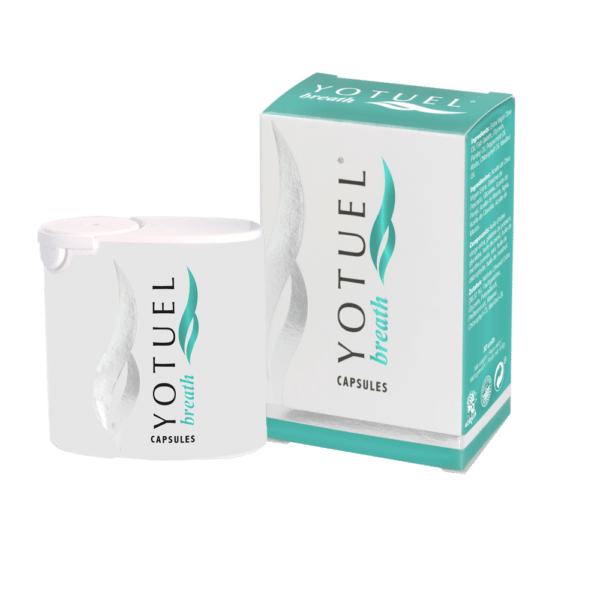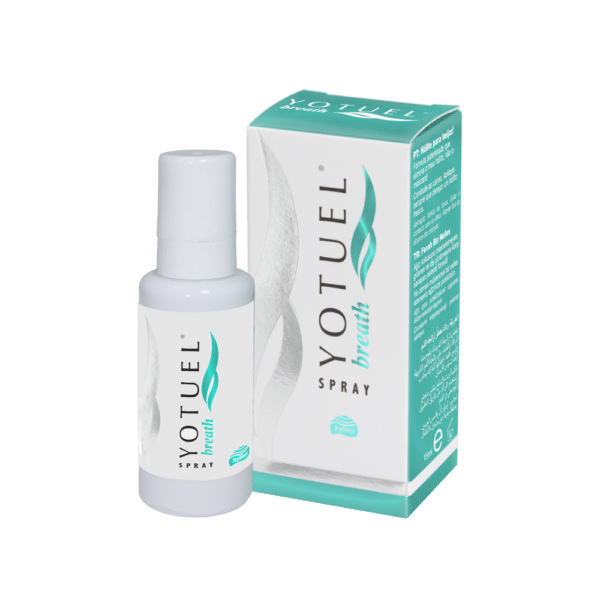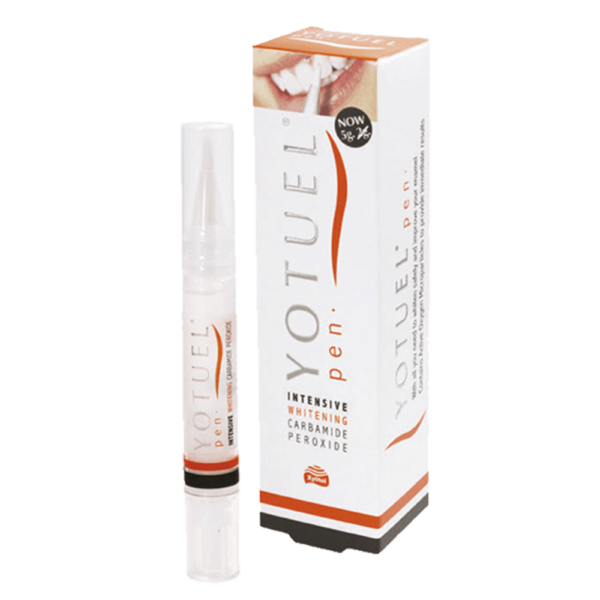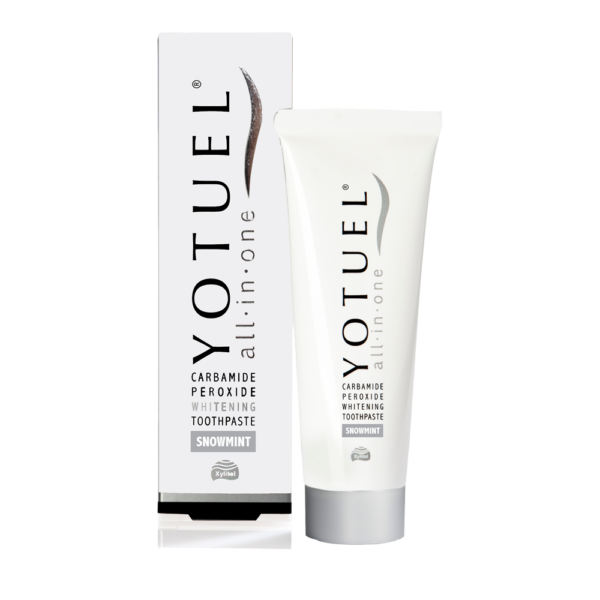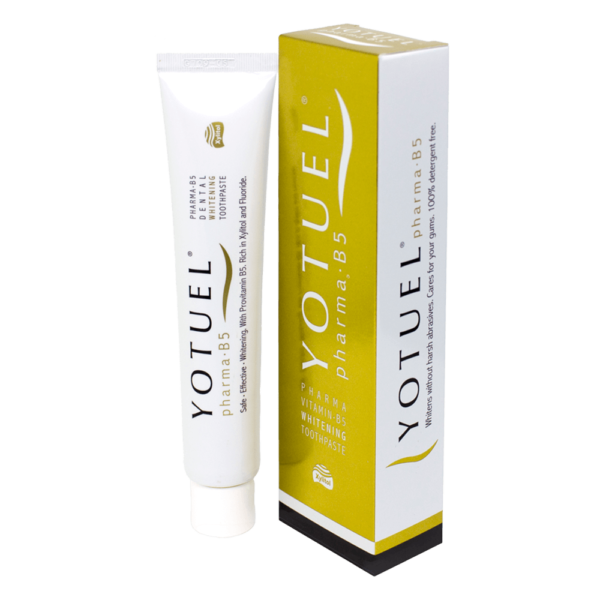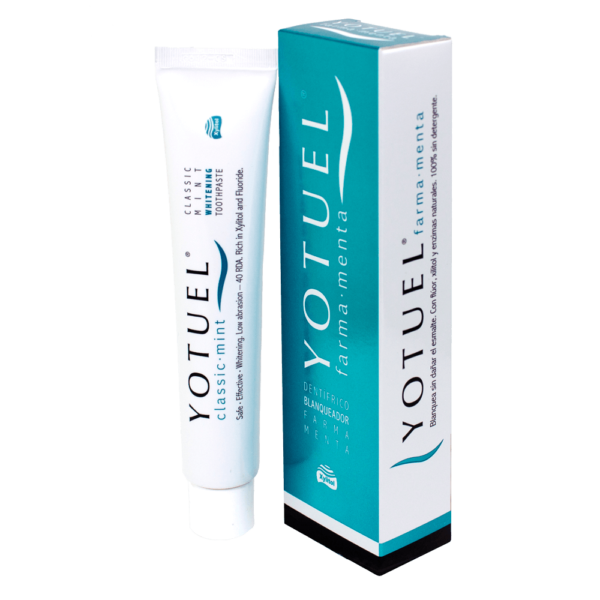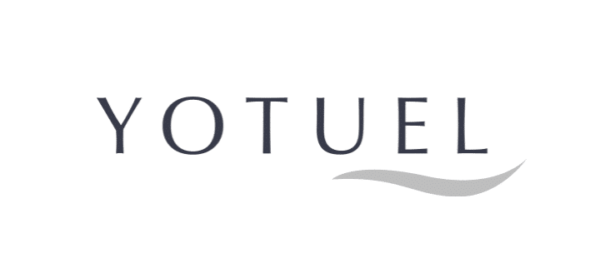Bacterial plaque is one of the biggest enemies of your oral health. It’s a sticky layer that constantly forms on your teeth and gums.
Understanding how bacterial plaque forms is the first step in preventing problems such as cavities, bad breath, and gum disease.
In this article, we explain the process step by step and how you can protect your mouth with proper habits and products that respect your oral microbiota.
Índice de contenidos
- What is dental plaque?
- How does dental plaque form?
- Effects of dental plaque
- How to prevent dental plaque
- Frequently Asked Questions
What is bacterial plaque?
Bacterial plaque is a film composed of bacteria, food debris, and saliva that adheres to the surface of the teeth. Although some bacteria are beneficial, when harmful bacteria accumulate, they produce acids that damage the enamel and cause inflammation of the gums.
If not removed promptly, plaque hardens and turns into tartar, a substance that can only be removed by a dentist through a professional cleaning.
How Bacterial Plaque Forms: Step by Step
The formation of bacterial plaque begins minutes after you brush your teeth. This is the process:
1. Food and Drink Residues
When you eat or drink, especially foods rich in sugars or starches, small particles remain in your mouth. These particles mix with saliva, creating the perfect environment for bacteria.
2. Bacterial Activity
The bacteria that naturally live in your mouth begin to break down these food particles. During this process, they produce acids, which start to affect the surface of your teeth.
3. Formation of a Sticky Film
The combination of bacteria, acids, and food particles creates a clear, sticky film that adheres to your teeth and gums. This film is bacterial plaque.
4. Growth and Thickening of Plaque
If not removed by brushing and flossing, the plaque continues to accumulate and thicken. This increases the risk of harmful bacteria multiplying, affecting both dental health and the balance of the oral microbiota.
Effects of bacterial plaque on your Oral Health
Si no se controla a tiempo, la placa bacteriana puede provocar:
- Tooth decay: The acids produced by bacteria wear away the enamel.
- Gingivitis: Inflammation and bleeding of the gums, the first sign of periodontal disease.
- Periodontitis: An advanced stage that can damage the bone and lead to tooth loss.
- Chronic bad breath (halitosis): Bacteria release compounds that produce unpleasant odours.
- Disruption of the oral microbiota: When harmful bacteria dominate, the natural balance is disrupted, affecting the health of the entire mouth.
How to prevent plaque buildup
Preventing plaque buildup is possible with a proper oral hygiene routine and quality products that respect your oral microbiome.
- Effective brushing Brush your teeth at least twice a day with a soft-bristled toothbrush and a toothpaste that protects your oral microbiome, such as YOTUEL Microbiome Care.
- Daily flossing: Flossing removes plaque in areas where your toothbrush can’t reach, such as between your teeth.
- Using a suitable mouthwash: A mouthwash like YOTUEL Mouthwash helps reduce harmful bacteria, prevent plaque formation, and keep your breath fresh.
- Balanced diet: Reduce your consumption of sugars and ultra-processed foods. Opt for fruits, vegetables, and probiotic foods that promote bacterial balance.
- Regular dental visits: A professional cleaning every six months is key to removing tartar and detecting problems early
Frequently Asked Questions about Bacterial Plaque
Is bacterial plaque the same as tartar?
No. Plaque is soft and can be removed with brushing. If it is not removed, it hardens and turns into tartar, which can only be removed by a professional.
What foods promote plaque formation?
Those rich in sugars and refined carbohydrates, such as sweets, soft drinks, and white bread.
Is it possible to eliminate all bacterial plaque?
Not completely, as it forms constantly. However, good oral hygiene can keep it under control.
Does mouthwash replace brushing?
No, it is a complement. Brushing and flossing are essential for complete cleaning.


